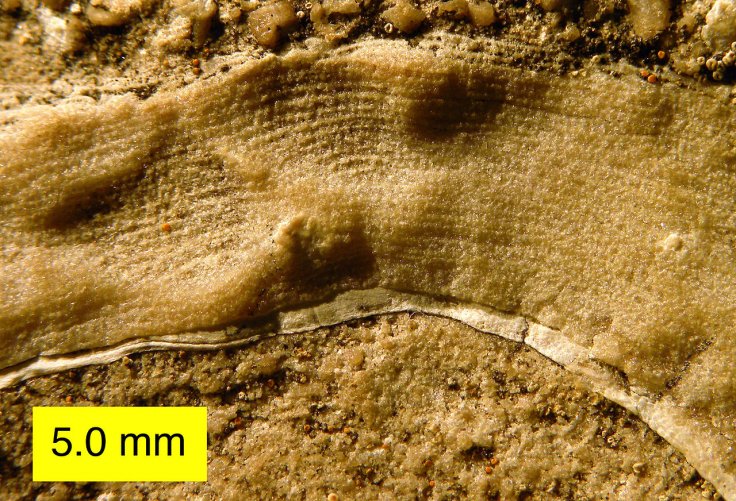Earth experiences multiple space rocks entering its atmosphere and at least one of those had already caused an extinction event that was probably responsible for wiping out dinosaurs. But scientists now believe that devastating cosmic rays and radiation from an exploding supernova could have also caused a mass extinction event.
Scientists from the University of Illinois, Urbana-Champaign astronomy and professor Brian Fields explored the possibility of such an event studying radioactive isotopes in rocks. Since previous studies showed that the Hangenberg extinction event in the late Devonian period was associated with the depleted ozone layer, the team of researchers concentrated on the period. During the study, they found that one astronomical event might have caused mass extinction 359 million years ago.
Ozone Layer Depletion
The team studied the rock samples and found evidence of plant spores that seemed to have suffered sunburn by ultraviolet light — something that can be associated with long-lasting ozone-layer depletion. While previous studies showed radiation effects on plant and animal lives during that era, researchers mainly held volcanic activities responsible and astrophysical sources of ionizing radiation were not considered.

Fields said that "large-scale volcanism and global warming" could destroy the ozone layer too, but evidence for those had been inconclusive for the Devonian period. Hence, the team looked for other astrophysical causes for ozone depletion like meteorite impacts, solar flare and gamma ray-bursts. Co-author of the study, Jesse Miller, who is a graduate student, said that those events end quickly and unlikely to cause long-term ozone depletion that happened in the late Devonian period.
Supernova Explosion
That's the reason, Fields proposed "one or more supernova explosions, about 65 light-years away from Earth could have been responsible for the protracted loss of ozone."
Unlike other astrophysical events, a supernova explosion comes in two waves. The burst spreads dangerous UV, gamma and X-rays which slam a planet's atmosphere while the debris from the explosion enters the solar system later. That creates long-time radiation from the cosmic rays. The radiation can last up to 100,000 years that can cause damage to Earth and its ozone layer, the researchers said.
"To put this into perspective, one of the closest supernova threats today is from the star Betelgeuse, which is over 600 light-years away and well outside of the kill distance of 25 light-years," said graduate student and study co-author Adrienne Ertel.
However, it was also possible that there was more than one supernova explosion. Fossil records of that period indicated a 300,000-year decline in biodiversity that led to the Devonian-Carboniferous mass extinction, meaning there were multiple cataclysmic events. "This is entirely possible. Massive stars usually occur in clusters with other massive stars, and other supernovae are likely to occur soon after the first explosion," Miller told phys.org.

Search for Proof
While proving something that occurred about 360 million years ago is difficult, there is a way. The team says if a supernova occurred, the rocks and fossils of that period would contain radioactive isotopes plutonium-244 and samarium-146. "Neither of these isotopes occurs naturally on Earth today, and the only way they can get here is via cosmic explosions," co-author and an undergraduate student Zhenghai Liu said.
But both isotopes decay over time and it would be difficult to find either of those. Fields said radioactive isotopes created by supernova could be like green bananas in Illinois where it doesn't grow.
"If we find these radioisotopes on Earth today, we know they are fresh and not from here — the green bananas of the isotope world — and thus the smoking guns of a nearby supernova," he said, adding that the aim of the study was to define the patterns of evidence so that geological records could point to supernova explosions.









